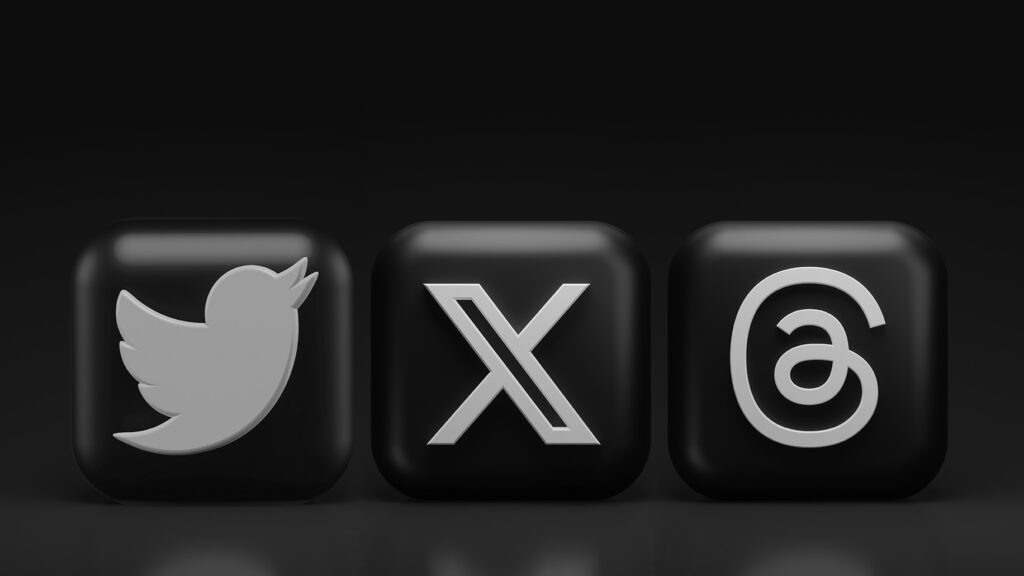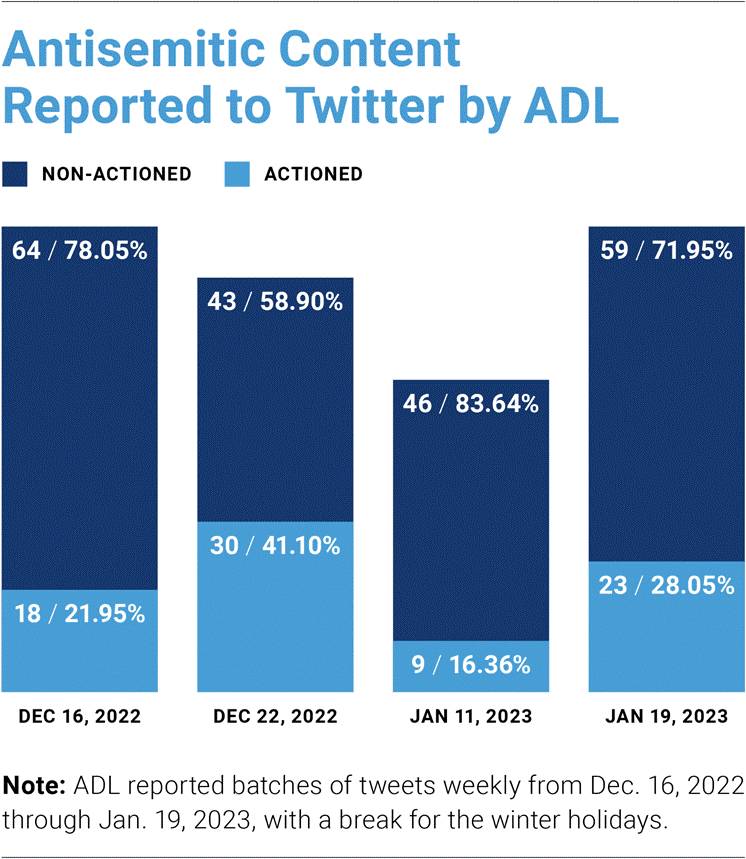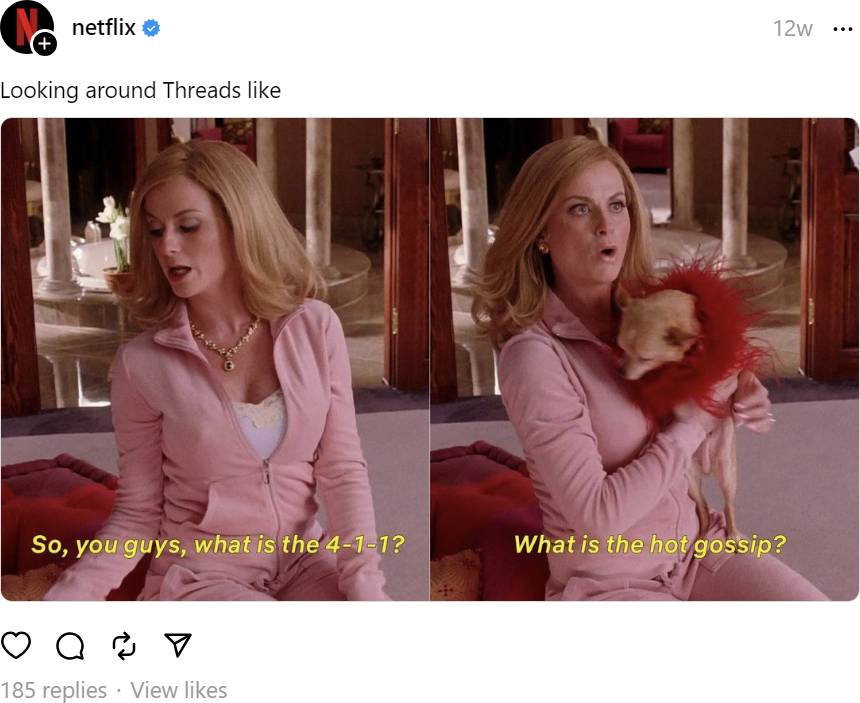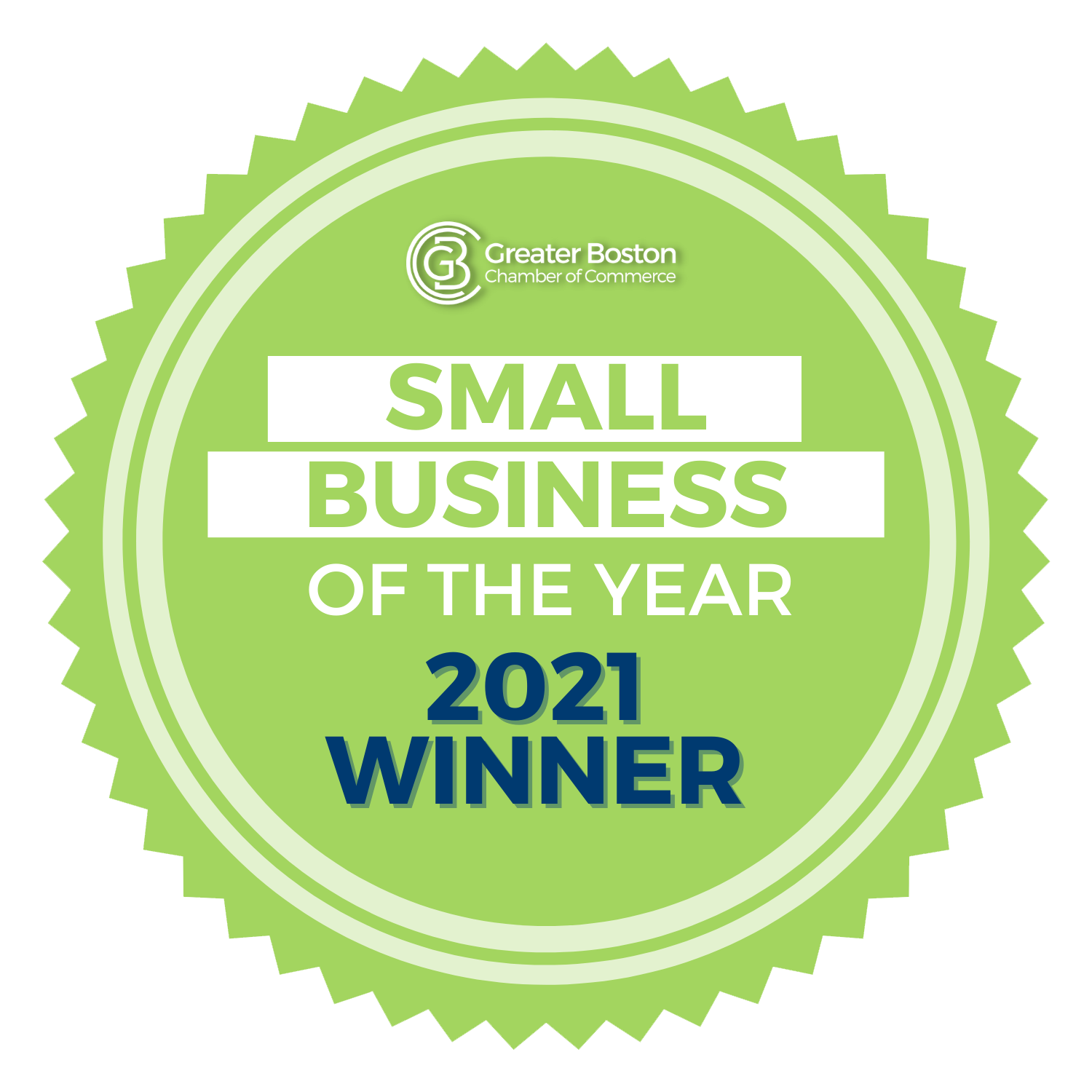Last December, Castle did a deep dive into Twitter, the platform now known as X, including a synopsis on the state of the platform, its transition of ownership to Elon Musk, and our recommendations on how users and advertisers should approach the situation.
The acquisition marked a striking new direction for Twitter, the social media landscape, and digital culture as a whole. Since then, it’s been nothing short of dizzying trying to keep up with the updates, nixed features, new rival platforms, and Musk-related headlines. We knew it would be a futile effort to guess where exactly Musk would take the platform, but it turned out to be more inscrutable than we could have even guessed.
Just under a year later, where do Twitter (X) and its rival platforms stand? And where is it heading?

Clipped Wings: The Current State of Twitter (X)
Elon Musk’s first year at Twitter (X) has been rocky, to say the least. Musk took over in October 2022, purchasing the platform for $44 billion, and has since tanked its value by over 90% to just $4 billion in the year following, according to some estimates and Musk himself.
This can be attributed to advertising revenue dropping rapidly due to the turbulence of the platform, instability of its leadership, and uncertain ROI of ad dollars that came with it. Even as advertisers themselves attribute their exodus to the uncertainty of Twitter (X)’s future, Musk blames the Anti-Defamation League for much of this loss, as the organization condemned the platform’s allowance of anti-Semitic posts. This is in line with the initial spike in hate speech that came with Musk’s takeover, which is slowly being addressed. He’s since threatened to sue the ADL for advertising being down 60%.
Regardless of any personal reactions to Musk’s divisive leadership, we’d be remiss to ignore the impact it’s had on advertiser interest, Twitter (X)’s overall value, and public opinions on its content.

Ex-Twitter, X
Twitter officially rebranded to X in late July, accompanied by a large, strobing sign at its San Francisco headquarters that was taken down just days later following complaints from neighbors. Musk has been swiftly stripping an iconic brand of its defining characteristics since.
Aside from the natural confusion that comes with a one-letter moniker, the new name hasn’t fully caught on with its longtime users. Following the platform’s abrupt facelift, 69% of users still refer to the network as Twitter and its posts as Tweets, according to a survey from The Harris Poll and Ad Age Research.
It remains to be seen how soon the “X” branding will catch on, if at all. Musk formerly tried to rebrand PayPal to X during his time there, but this backfired and led to the boardroom ousting him as CEO. We expect most people to continue referring to it as Twitter colloquially, but it will be entertaining, if nothing else, to watch how the X brand evolves.
The rebrand closely followed the appointment of Linda Yaccarino, NBCUniversal’s former head of ad sales, to X’s CEO role in May. Musk remains involved as X’s chief technology officer.
Next Steps for Twitter (X)
All of that to say, a lot has changed – but even more is to come. X has teased several proposed updates to the platform’s features, direction, and overarching mission.
Freedom of speech has become a pillar of the platform under Musk and Yaccarino. In her debut thread, Yaccarino stated that she plans to make X a “global town square for communication.”
Twitter (X) as a News Platform
Notably, this was shared after the platform did away with its entire curation team, the employees who addressed misinformation, assembled the Explore page based on breaking news, and provided context for trending conversations. For information reliability, X now relies instead on Community Notes, crowdsourced and often biased fact-checking. Musk continues to lean into “citizen journalism” to rival mainstream media outlets.
Meanwhile, headlines were just removed from article link previews, which could have major implications for the spread of misinformation.
What used to essentially be a news aggregator is now seeking to shift ownership of news-sharing to consumers. X’s full vision for community journalism isn’t entirely clear yet, but its leaders seem keen to replace major news outlets, and Musk even picked a fight with NPR recently. LinkedIn, meanwhile, is taking advantage of X’s step away from news, and leaning into news-sharing.
Formerly a font of timely articles and reliable information, X’s role in the news landscape remains undefined.
What new features will Twitter (X) roll out?
X executives have teased a number of other forthcoming platform updates, including but not limited to:
- Removal of blocking
- Removal of Circles
- DM limits
- Long-form posts
- Full article publication through Moments
And most recently, Musk teased a “Not A Bot” program, which would charge unverified users $1 a year to access fundamental features like posting and interacting with other users in an attempt to curb bots and spam activities on the platform. It’s “the only way,” according to Musk.
In the longer term, its leaders are working to turn X into an “everything app.” It evokes all the functionality of WeChat, China’s all-in-one app.
Yaccarino posted – and then reposted – a video hinting some of X’s aspirations, including interpersonal and transactional payment, text and video communication, streaming and more. It remains to be seen whether this will be successful, knowing the critical reception of X so far and the widespread user adoption it would need to take off in this format.
Threads vs. Twitter (X)
Seemingly in response to the upheaval at X, Meta launched Threads back in July, a new conversational, text-based rival. In its early days, the platform positioned itself as the most viable competitor to X, being from another established social tech conglomerate.
It sports interconnectivity with Instagram, where users can import their Following list and follow the same accounts they do on Instagram. And Instagram accounts link directly to Threads, meaning users can easily find each other’s Threads through Instagram.
All the makings of a viable competitor, but upon launch, Threads missed the mark in oh-so-many ways. It launched without a “following” tab, direct messaging features, a chronological feed, a search function, and the ability to use multiple accounts. The list goes on.
Threads is one big case study for media convergence – but that’s a blog for another day.
Twitter (X) = Irreplaceable
Threads has since addressed almost all of these gaps, and even launched a web version of the app. But it’s become increasingly clear that Threads is in no position fully replace Twitter (X). It’s proving complicated to fill the cultural pocket that Twitter has claimed for nearly two decades, even as X strays further from its roots on the daily.
Adam Mosseri, head of Instagram, even explicitly stated that Threads is not for news and politics, formerly a defining attribute of Twitter (X).
To be frank, I think Threads can feel disingenuous at times. Many posts feel like engagement bait and brands attempting relatability. It simply has less of a defined internet culture – which is to be expected of a new platform – but it’s markedly lacking in defined communities, humor, features, and community organizing compared to what Twitter had built over 17 years.
For Threads to truly thrive, it would require widespread buy-in from everyday consumers, creators, B2B and B2C businesspeople, their brands, politicians, and pretty much everyone else. I don’t foresee that happening in the near future.
Threads can feel like a corporate hellscape, lacking the irony and originality of Twitter at its years-ago best. It has quickly become a wasteland of brands feigning relatability for the sake of profitability. See one of Netflix’s early Threads below, featuring a decade-old meme.

Via https://www.threads.net/@netflix/post/CuSCTBexvWL
Anonymity was the draw-in of X for many users – they could post about fandom, music, movements, and niche interests without it being tied to their name or likeness. But Threads’ mandated interconnectivity with the very-public Instagram does away with much of that appeal.
Since launch, Threads has lost over 80% of its daily active users. This rings true on a personal note – I use social media more than I’d like to admit, but I still forget that Threads exists outside of using it for work.
Other Twitter (X) Competitors
And, as expected, other platforms have fallen off in the meantime. Many of the platforms that tried to ride the wave of Twitter’s then-expected downfall (Mastodon, Hive, Post, etc.) now have meager user counts, and by our standards, are not quite worthy of your team’s time or a new strategy, sheerly based on audience.
Perhaps the most viable competitor outside of Threads has been Bluesky – created by former Twitter CEO Jack Dorsey. The X dupe is currently invite-only, and this barrier to entry may be hindering it from fully catching on. But it’s worth keeping an eye on – there’s a surge in interest with every inexplicable decision from Elon and company.
Twitter (X) is here to stay – for now.
Remember the night in late 2022 when seemingly tens of thousands of people were saying goodbye to each other on Twitter and sharing their Mastodon handles? Love it or hate it, rumors of Twitter’s immediate demise seem to have been exaggerated.
Even as the platform faces turbulence and tanks in value, Musk reports X’s monthly active users to be at an all-time high as of late September. Yaccarino claims that X has recaptured 90% of its top 100 advertisers and expects the platform to regain profitability by early 2024.
With its most viable contenders still working through their early growing pains, we can expect X to stick around as the main text-based social media platform.
Our Twitter (X) Recommendations
Given all of this, how should you be using Twitter (X)? Should you be on Threads? What does a good Twitter (X) content strategy look like now? We’re left with a lot of unanswered questions.
As of now, there is no definitive or universally applicable answer to any of them – and our recommendations may change as the Musk-Yaccarino duo leads X into entirely new directions. It has been a long, long time since the social media realm has been in such a transitional phase. In the coming months, it will be as crucial as ever for social teams – and the departments that rely on them – to remain adaptable and experimental.
With that said, our overarching advice is:
1. Stay on Twitter (X). For now.
Realistically, it doesn’t look like Threads is on track to fill the void that Twitter (X) left for B2B or B2C communication. Despite a healthy dose of turmoil and bad publicity, X has maintained much of its cultural positioning. At the end of the day, it’s still a beautiful tool for sharing engaging content and establishing or solidifying thought leadership.
That might mean full steam ahead for some X content strategies, or a significant decrease in the time invested in a platform whose public image and financial health has been shaky for over a year, and whose future is still uncertain. It’s worth taking a look at the other social platforms your organization uses, understanding whether they are reaching your key audiences, and making an informed decision about where to spend your resources crafting strategies and content.
We still recommend redirecting – or heavily reducing – your X ad spend. In many cases, your paid social dollars would be better spent through Meta or LinkedIn while things continue to shake out at X.
2. Keep Playing Around
It may sound haphazard to move forward without clearly defined strategies for each platform, but in such an unstable social media landscape, frequent experimentation is key. If a post doesn’t perform well on Threads, something similar might do numbers on X – and vice versa. The key to success will be adaptability and experimentation. There may be approval processes to endure, but the best way to thrive on a new platform is simply to give social media managers the freedom and trust to test the waters and see what works.
3. Keep an Eye Out on Other Platforms
While Mastodon and BlueSky haven’t fully taken off as a replacement for Twitter (X), there’s still the chance one of them could. Keep a close eye on the social media landscape and be willing to give emerging platforms a shot. This is especially true if you don’t like the direction Twitter (X) is taking under Musk. Put your time and social capital into platforms you believe in and let your audiences know to find you there.
4. Know Your Audience
As more players enter the social media ring, it’s more important than ever to know which platform(s) your target audiences are using.
Threads, for example, is overwhelmingly young and male – if that sounds like your target audience, then dive in. Consumer brands in particular could thrive on Threads. Those with a fun, upbeat voice can see success, but it may not be worth the time invested for every marketing department, especially as usership dwindles.
It might be the perfect fit for a skincare brand, but senior living marketers’ time would certainly be best spent elsewhere. If you’re a B2B company, LinkedIn is likely your best bet. And Facebook should still be the go-to for those trying to reach older consumer audiences.
In an increasingly complex digital ecosystem, it’s crucial to know where your targets are and how they speak.
Need Help Creating a Twitter (X) or Threads Content Strategy for your Business?
Those intimidated by the daunting task of wrapping your head around the current social media realm and crafting unique strategies may be realizing the benefit of looping in an agency to help navigate this new frontier.
Need help creating a Twitter (X) or Threads content strategy for your business? Current, prospective and former clients can always reach out with questions about Castle’s robust social media management and execution services.
In the meantime, we’ll be keeping a close eye on X and its competing platforms (while selfishly missing what it used to be). It’s a pivotal time for social media as our digital ecosystem continues on a bumpy and highly transitional course. It will be as crucial as ever for marketing, social and communications professionals to remain well versed on the smorgasbord of platforms, their features, and the audiences they cater to.
















